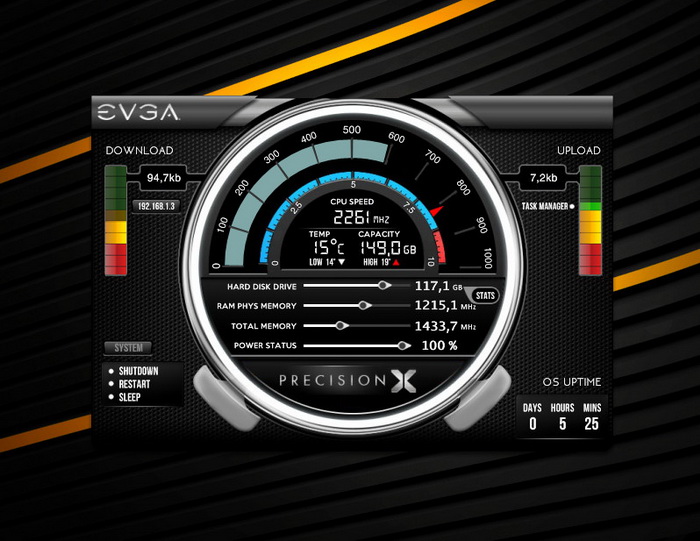

Furthermore, it led to an enhancement in terms of the downlink throughput achieved by vehicles. In addition, the proposed ANN-CS decreases the handover rate by up to 33.33% and increases the dwell time by up to 15.47%, thereby minimizing the number of unsuccessful and unnecessary handovers (HOs). Simulation results show that the trained ANN model has high accuracy, with a very low percentage of errors. Real datasets of vehicles and base stations (BSs), collected in Los Angeles, were used for training and evaluation purposes. A feed-forward back-propagation ANN (FFBP-ANN) was trained to perform the selection task, based on moving vehicle information. It aims to select the small cell that has the longest dwell time. In this paper, we propose a machine-learning and IoV-based cell selection scheme called Artificial Neural Network Cell Selection (ANN-CS). Internet of Vehicles (IoV) technology has become a new trend that aims to connect vehicles, people, infrastructure and networks to improve a transportation system. In 5G UDNs, the cell selection process requires high computational complexity, so it is considered to be an open NP-hard problem. It is used to enhance the system capacity issue by deploying small cells at high density. The ultra-dense network (UDN) is one of the key technologies in fifth generation (5G) networks.


 0 kommentar(er)
0 kommentar(er)
